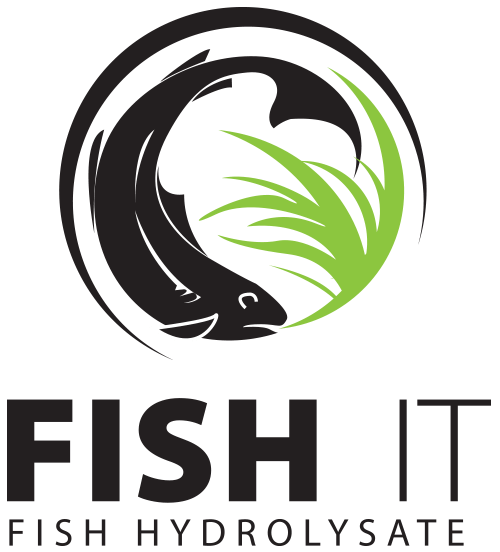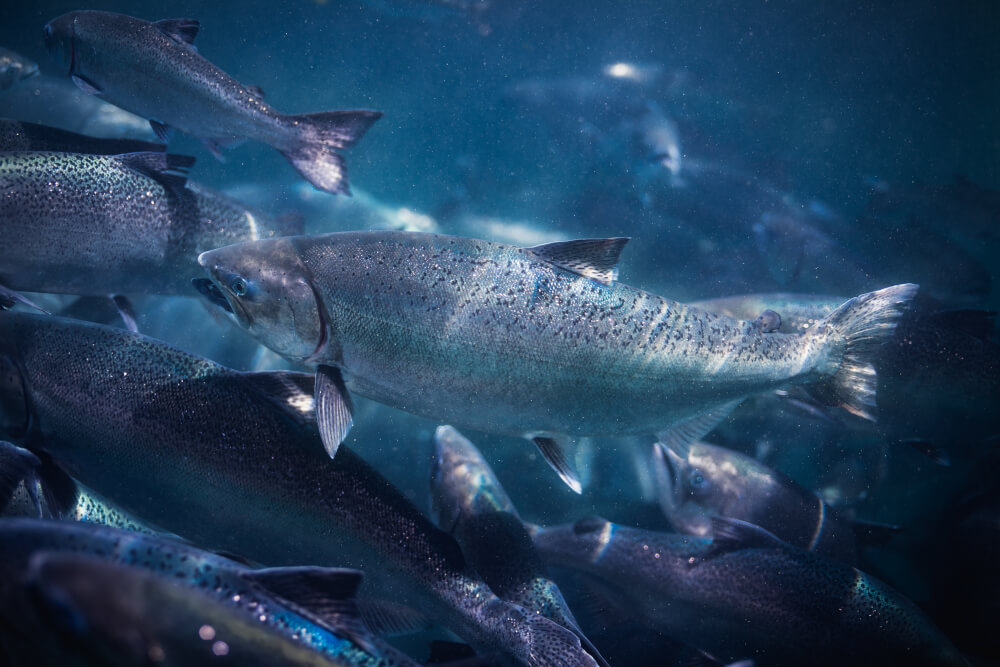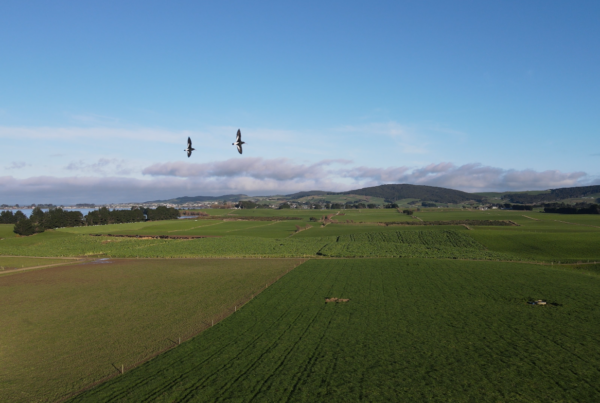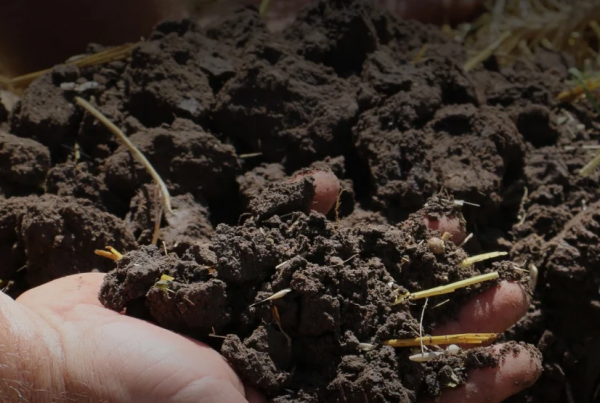Whole Salmon vs Heads and Frames.
In our conversations with Farmers, we’re regularly asked what makes Fish Hydrolysate made from whole ocean Salmon premium to its rivals that predominately come from the heads, frames and waste products of commercial sea catch.
While both solutions are excellent sources of food to improve soil health and provide essential nutrients to plants, they have distinctly different profiles and perform various functions.
Other parts of the fish have varying nutrient profiles. As with Salmon, commercial fish heads and frames contain high concentrations of collagen, contributing to the hydrolysate’s gelatinous properties. On the other hand, Whole Salmon includes the flesh, which adds to the overall protein, Omega-3 and nutrient content.
Importance of protein
When applied to soil, protein can have several effects on soil health. Here are some ways protein can impact soil health:
Organic Matter: Protein is an organic compound, and when it is added to the soil, it contributes to the soil’s organic matter content. Organic matter is crucial for maintaining soil health, improving soil structure, water retention, nutrient availability, and microbial activity.
Nutrient Cycling: Proteins contain nitrogen, an essential nutrient for plant growth. When proteins break down in the soil, they release nitrogen through mineralisation. This nitrogen becomes available for plant uptake, supporting healthy plant growth and productivity.
Microbial Activity: Proteins serve as a food source for soil microorganisms. Soil microorganisms, such as bacteria and fungi, play vital roles in nutrient cycling, organic matter decomposition, and soil fertility. By providing a source of carbon and energy, proteins can stimulate microbial activity, enhancing soil biological processes.
Soil Fertility: Protein breakdown in the soil releases various nutrients, including nitrogen, phosphorus, and sulphur. These nutrients are essential for plant growth and contribute to soil fertility. Protein-rich amendments or organic materials can improve nutrient availability and fertility over time.
Soil Structure: Organic matter, including proteins, contributes to improving soil structure and aggregation. This enhances soil porosity, allowing for better water infiltration and drainage. Improved soil structure also promotes root growth and nutrient uptake by plants.
Overall, proteins contribute to soil health by increasing organic matter, nutrient availability, microbial activity, and soil structure, ultimately supporting healthy plant growth and sustainable agricultural practices.
Role of Omega-3 Fatty Acids
Salmon is renowned for its high content of omega-3 fatty acids, particularly EPA and DHA. These fatty acids offer numerous health benefits, including reducing inflammation and supporting heart and brain health in humans. The benefits of omega-3 fatty acids in the context of sustainable agriculture and soil management are primarily related to their effects on plant growth and development, which indirectly impacts soil health. Here are a few potential ways omega-3 fatty acids indirectly benefit soil health:
Plant Growth and Nutrient Uptake: Omega-3 fatty acids have been associated with enhanced plant growth, root development, and nutrient uptake. Improved plant growth and nutrient utilisation can lead to healthier and more robust root systems, which contribute to soil structure and nutrient cycling in the rhizosphere (the soil zone around roots).
Stress Tolerance: Omega-3 fatty acids have been reported to enhance plant stress tolerance, including tolerance to abiotic stresses such as salinity, drought, and extreme temperatures. When plants are more resilient to stress, they can better maintain their physiological functions, which can positively impact their interactions with soil organisms and nutrient cycling.
Indirect Effects on Soil Microbes: Omega-3 fatty acids can indirectly influence soil microbial communities by influencing plant exudates, which are compounds secreted by plant roots into the soil. Plant exudates serve as a carbon source for soil microbes, affecting their growth, diversity, and activities. By promoting healthier plants, omega-3 fatty acids indirectly contribute to a more favourable soil microbial community.
While the direct impact of omega-3 fatty acids, specifically EPA and DHA, on soil health is limited, their positive effects on plant growth, stress tolerance, and nutrient uptake directly contribute to healthier plants and influence nutrient cycling in the soil.
While the flesh of commercial catch such as Hoki and Orange Roughy also contain omega-3 fatty acids, their levels are lower than those found in Salmon. When only the heads and frames are used in the manufacturer of Fish Hydrolysate, omega-3 fatty acids are only found in low levels.
Nutrient Profile
While the overall protein content and Omega-3 in whole Salmon is found in greater quantities than commercial catch heads and frames both solutions have similar mineral profiles.
Fish Hydrolysate both Salmon and commercial fish contain a range of important nutrients, selenium, potassium, and phosphorus. These nutrients play an important role in maintaining soil health and supporting plant growth. Here’s an overview of their significance:
Selenium: Selenium is a trace mineral that is essential for both plants and animals. In soil, selenium is involved in several important functions. It acts as an antioxidant, helping to protect plants from oxidative stress and enhancing their resilience to environmental pressures. Selenium also plays a role in plant metabolism and enzyme activity. While selenium is required in small quantities, its presence in the soil can positively influence plant growth and health.
Potassium: Potassium is one of the three primary macronutrients for plants, along with nitrogen and phosphorus. It is crucial for numerous physiological processes in plants, including photosynthesis, water regulation, enzyme activation, and nutrient transport. Adequate potassium levels in soil promote healthy root development, improved disease resistance, and increased crop yields. Potassium also contributes to soil fertility by enhancing soil structure and cation exchange capacity.
Phosphorus: Phosphorus is another essential macronutrient required by plants. It plays a vital role in energy transfer and storage, as well as DNA and RNA synthesis. Phosphorus is involved in root development, flowering, fruiting, and plant growth. It is crucial for seed and fruit formation, promoting early establishment of plants, and improving crop quality. Adequate phosphorus levels in the soil are necessary for maximising plant productivity and optimising nutrient uptake.
Maintaining appropriate levels of these nutrients in the soil is essential for optimal plant growth and overall soil health. Imbalances or deficiencies can lead to reduced production yields, decreased plant vigour, and increased susceptibility to diseases and environmental stresses.
It’s important to note that nutrient management practices, such as soil testing, additional nutrient application, and rotation, should be employed to ensure the proper balance and availability of these nutrients in the soil.
Product Consistency
Along with the profile of each product, consistency is vitally essential when comparing Fish Hydrolysate made using raw material from farmed whole Salmon vs commercial sea catch. Every pod of Fish IT is manufactured using the same raw material from a known source following a 360-degree model of the circular economy. Whereas, Hydrolysates made from commercial sea catch utilise raw material across multiple fish species from shallow to deep sea fish, all of whom have different feeding profiles. We are what we eat, which changes the consistency of the raw material used in each brew.
In summary, while all Fish species’ protein and mineral profiles are similar, they are found in more significant quantities in Fish Hydrolysate manufactured using whole fish. Hydrolysates manufactured using Whole Salmon raw materials are unique due to their high Omega-3 Fatty Acid content. While all Fish Hydrolysates should be part of any mix, the combination of protein, mineral and Omega-3 content makes whole Salmon the premium fish product to support sustainable agriculture, minimise environmental impacts, and maintain long-term soil fertility.
⚬ Fish IT Refined ⚬ Food for soil ⚬ Buy online now



